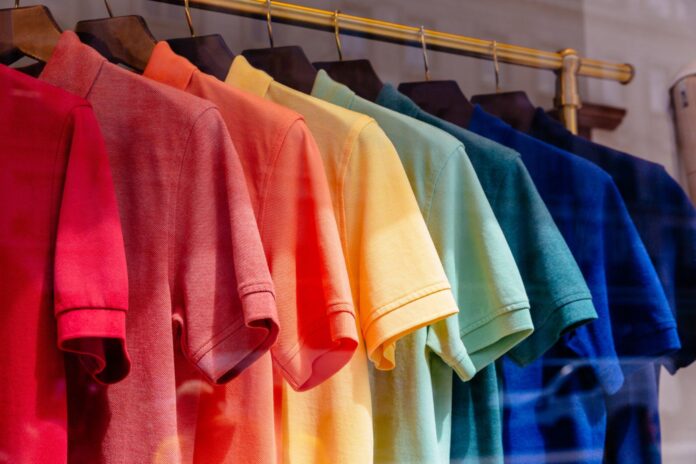Shirts are an essential part of our clothing, so picking a durable and comfortable fabric is important. It can be difficult to narrow down your options when it comes to finding the perfect cloth because there are so many to choose from.
If you want to feel good in your shirts and look good doing it, you need to pick the correct fabric. Choosing the best t-shirt material for your needs can be difficult due to the abundance of alternatives. This article compares the most common shirt materials and the advantages of each.
Qualities To Look For When Choosing The Perfect T-Shirt Material


So, there are a few key characteristics to keep in mind while selecting the best materials for t-shirts. Some crucial factors are as follows:
-
Comfort
Try to find something that doesn’t irritate your skin. If you want to stay cool and comfortable, your clothing must be soft, breathable, and moisture-wicking.
-
Durability
Choose a fabric that holds up well after several washes and wears. Options that are both comfortable and long-lasting include cotton, polyester, and their hybrids.
-
Style
The shirt or t-shirt’s style and function should guide your fabric selection. Shirts worn in the summer may be made from a breathable fabric like cotton or linen, while those worn in the winter may benefit from a thicker cotton or polyester blend.
-
Colorfastness
Try to find a fabric whose color won’t run or fade after a few washes. This is crucial if you want to color the fabric yourself.
-
Eco-Friendliness
Organic cotton and bamboo are two examples of eco-friendly fabrics to consider. Softer and more breathable than synthetic fabrics, these natural alternatives are also better for the planet.
-
Stretch
Fabrics with elastane or spandex incorporated are great options if you want your shirt or T-shirt to have some give. This can improve convenience and mobility.
-
Texture
The fabric’s texture can give the garment more dimension and appeal to the eye. Think about textured fabrics like ribbed, waffle, or slub knit for a unique look.
-
Weight
The weight of the fabric can affect how a shirt or T-shirt falls and feels on your body. In general, heavier textiles like wool or flannel are better suited for colder weather, while lighter fabrics like cotton or linen are more appropriate for warmer weather.
-
Wrinkle Resistance
A shirt or T-shirt made from a wrinkle-resistant fabric, like polyester, is an attractive option.
-
Breathability
Choose a fabric like cotton or bamboo that is breathable and wicks away sweat if you live in a hot environment or intend to wear your shirt or T-shirt while engaging in physical activity. This can aid in maintaining a pleasant body temperature.
The Best Material For Shirts To Choose From
The best types of fabric for t-shirts have a few things in common: they look nice, feel soft against the skin, and let air through. Here, you’ll find information on the 27 materials of what are t-shirts made of and what they’re best for.
-
Cotton


Designers and customers alike love this fiber because it can be used in many different ways and is cheap, soft, and easy to find. Many people agree that it’s one of the best shirt fabrics because it’s soft and lets air flow.
To avoid getting too hot, it’s important to keep your body at a comfortable temperature throughout the day. You can make many different kinds of cotton fabrics by changing the way you weave and the thickness of the yarn.
It is also often mixed with other substances to get certain results.
There are many different kinds of cotton-only fabrics. The difference between these two is not in how they are woven but in where the cotton they are made of comes from.
There is American Pima cotton, Egyptian cotton, and Sea Island cotton, which is the rarest of the three. Three of these are thought to be very good.
-
Pima Cotton
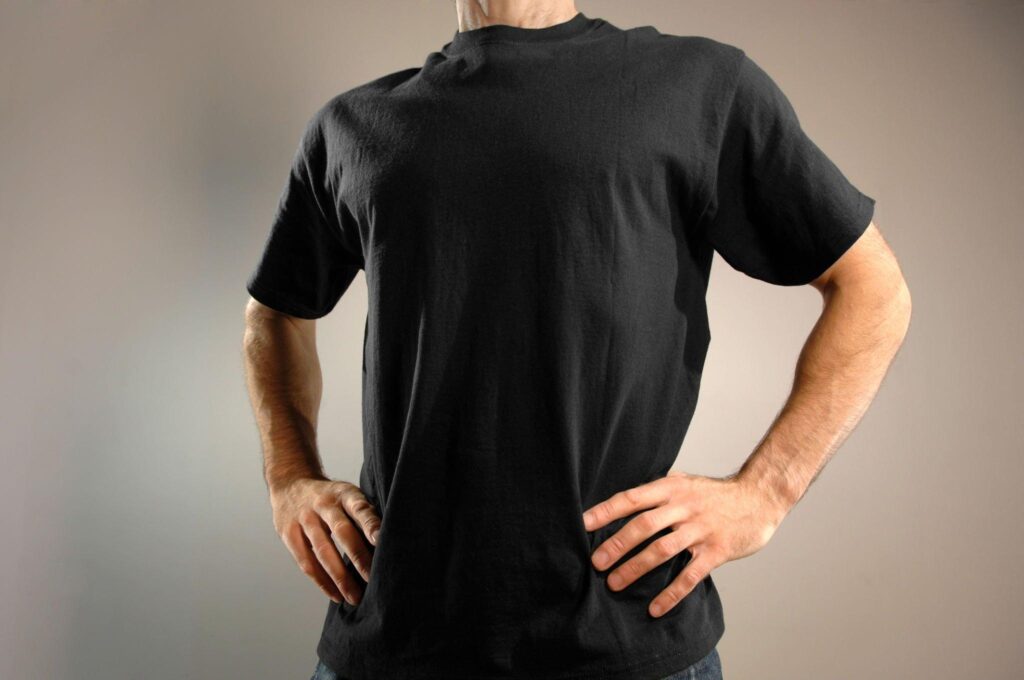

Like regular cotton, Pima cotton has a lot of good qualities, such as being soft, breathable, and useful for many different things. Because it’s so rare, it costs more than regular cotton.
The place where it was grown is one of the most important differences between Pima cotton and Egyptian cotton. Farmers in the south of the United States, Australia, and Peru grow Pima cotton.
-
Egyptian Cotton


A big difference between Egyptian cotton and Pima cotton is where the cotton comes from. Farmers grow cotton in the rich soil of the Nile River valley. Some people say that the term “Egyptian cotton” is misleading because it can legally be used for any cotton grown in Egypt.
-
Supima Cotton


Supima cotton is a registered trademark for a very high-quality type of cotton with extra-long fibers that can only be grown in the United States. The people who make Supima cotton say that the fiber is twice as strong as regular cotton.
-
Cotton Gabardine


It is the best material for making work clothes and outerwear, like coats and suits, because it is strong and lasts a long time. It also moves well and doesn’t wrinkle much. This material can be used to make shirts that last.
The fabric can be rough and heavy, which are both bad things. However, modern gabardine is softer, thinner, and lighter.
-
Oxford Fabric
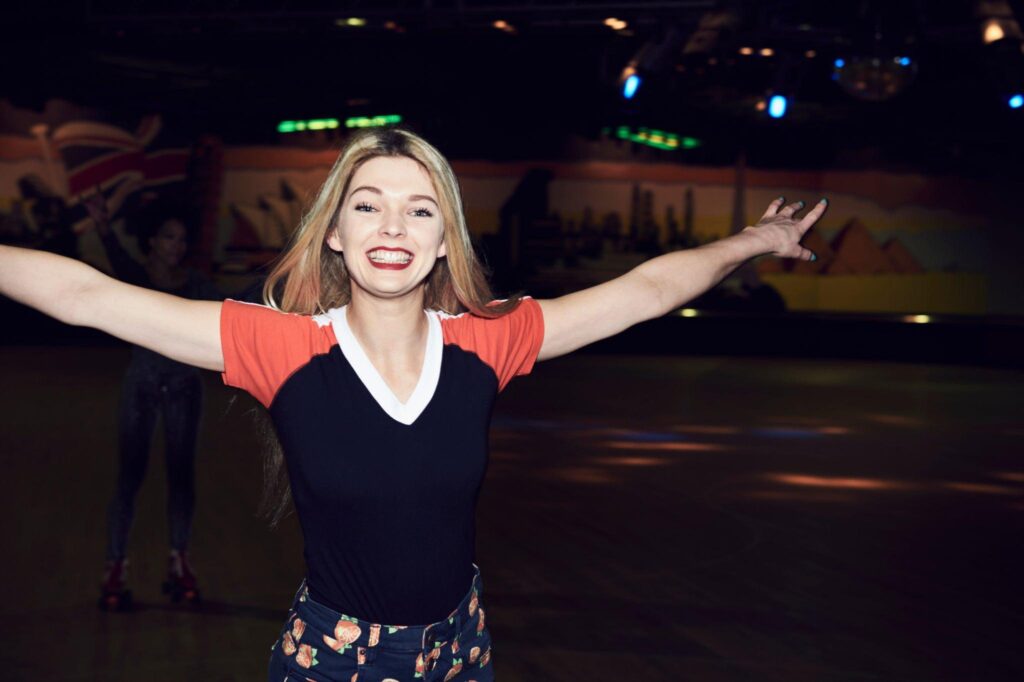

It’s thicker than most dress shirt fabrics and stays in good shape over time. Oxford fabric can be used to make dress shirts that will last for many years.
This fabric was first used to make button-down polo shirts, which are a type of sportswear. Because of this, it shouldn’t be used in more serious or professional settings. But it’s fine in a semi-formal setting.
Dress shirts made of Oxford cloth are more casual, so a few wrinkles here and there are fine.
Oxford fabric is usually made with two colors of thread that cross each other. This gives the fabric a unique two-tone look. This type of dress shirt is unique because it has a “basket weave.”
-
Pinpoint Oxford
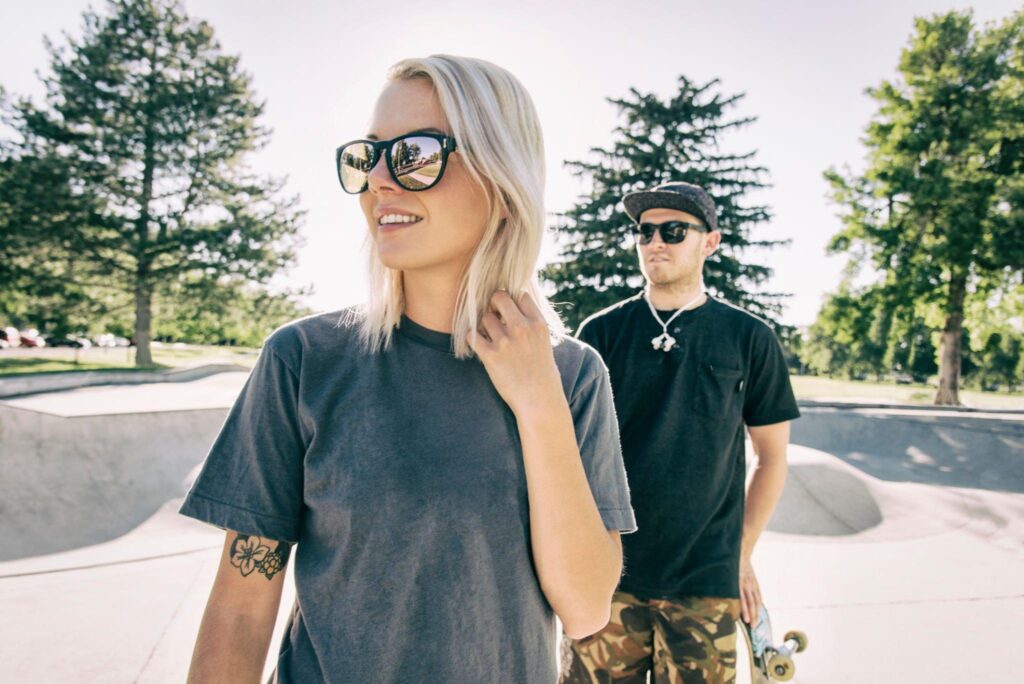

Pinpoint Oxford is more formal than Oxford cloth, while Royal Oxford and Broadcloth are less formal. This fabric is great for business clothes but not formal enough for black tie events. It’s neither good nor bad. It’s just okay.
The lack of shine on pinpoint Oxford makes it less formal. Since the fabric is not as thin and fine as a broadcloth, it is not as see-through.
Like an Oxford fabric, a pinpoint fabric has a basket weave that is the same on both sides. But there are little things that make the two different.
To make an Oxford weave, at least as many warp yarns as weft yarns must cross each other. Because a single weft thread crosses two warp threads, pinpoint has a finer texture and a tighter weave.
The way a pinpoint shirt hangs is the best when it comes to how you look. When it comes to dress shirts, Oxford is not as good as Pinpoint.
-
Royal Oxford


Royal Oxford is a formal material for shirts because it has a shine and a distinct feel. On the other hand, most royal blue Oxford shirts are solid colors, so you have to look closely to see the texture.
It’s easy to see how the fabric is woven, and it’s very light and soft.
You can wear a royal Oxford dress shirt to any event, from a business meeting to a wedding.
Another great way to wear it is with a tuxedo. With French cuffs, this dress shirt would look great.
-
Poplin


Poplin is one of the best materials of shirts because it has so many good qualities. It can be used for many different things, is comfortable to wear, and has a classic elegance about it. Poplin shirts can be worn to weddings, anniversaries, funerals, and any other formal event.
It’s very thin, and you can see a little bit through it. Still, the lighter weight is a benefit. But because it is thin, it also has another problem: wrinkles. Still, after it’s been ironed, it looks as neat and classy as a dress shirt should.
Poplin is a great fabric for making both casual and formal shirts because it has so many good qualities.
-
Broadcloth


People sometimes call broadcloth poplin by mistake, but the two fabrics are very different. A broadcloth dress shirt is similar to a twill one, but the weave is smoother and tighter.
Broadcloth is a good choice for warm weather because it is light and has a dull shine.
Still, because it is see-through, it is not a good choice for white business clothes. The fabric isn’t very comfortable, and it doesn’t hang well.
This fabric is mostly made of wool and is used for dress shirts.
-
Twill
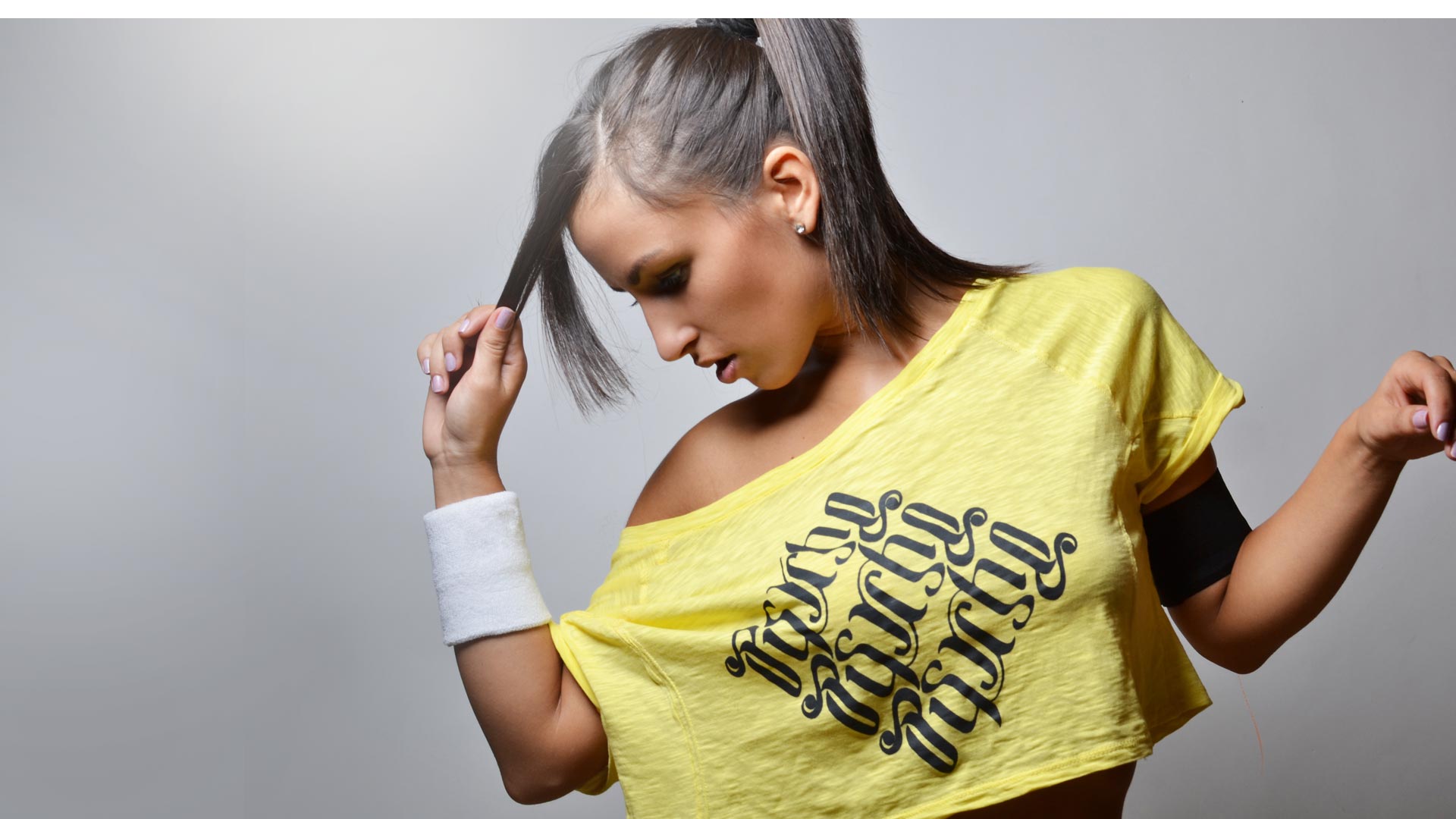

Most of the time, this fabric has a tight diagonal weave. This makes a texture that is very fine and soft.
But it can also have a weave that is much wider and more aggressive.
How shiny Twill is depends on things like color, cotton, and weave. This fabric will last a long time and won’t get dirty or wrinkled.
A piece of twill has both a “technical face” and a “technical back.”
Twill is a shirt fabric that can be worn for many different occasions. These tops are versatile enough to be worn both in a casual setting and at work.
-
Herringbone


The fabric of a herringbone shirt has a unique texture, but it is surprisingly smooth and well-made. This dress shirt has a small herringbone pattern and a light sheen.
A herringbone dress shirt is the best way to look professional in a casual setting. It’s clear that you thought about your outfit and paid attention to the details.
-
Silk
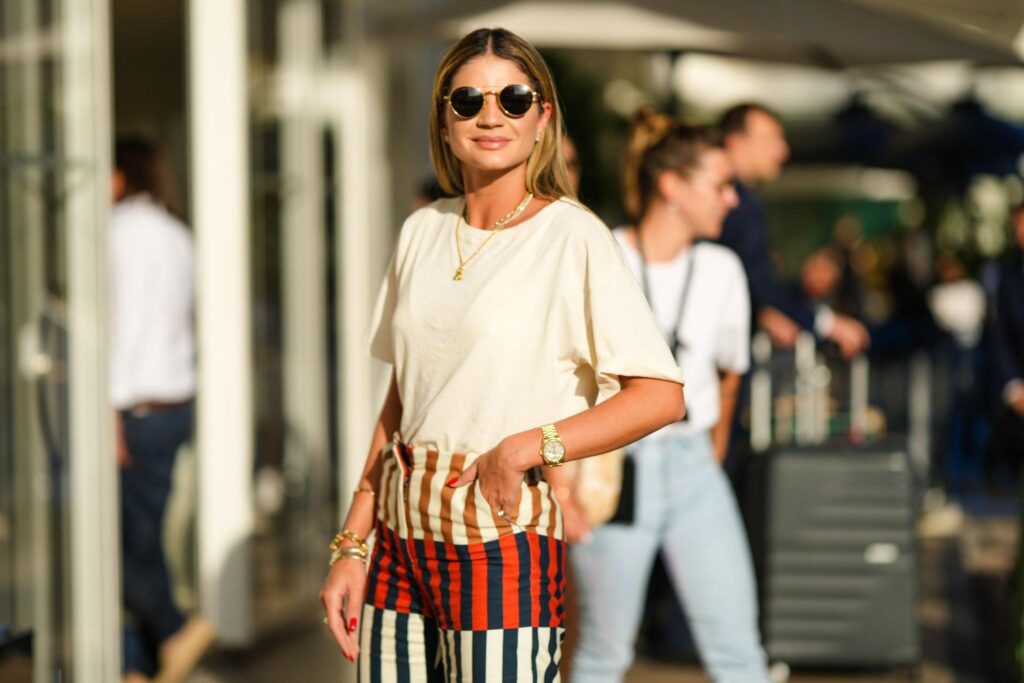

Dress shirts made from silk fabrics that have been mixed with other fibers are also very popular. Silk mixed with linen, for example, keeps all the good qualities of linen while still being strong, durable, and breathable. The shiny, silk-like sheen of the combined fabric makes it look even more expensive than plain linen.
-
Linen
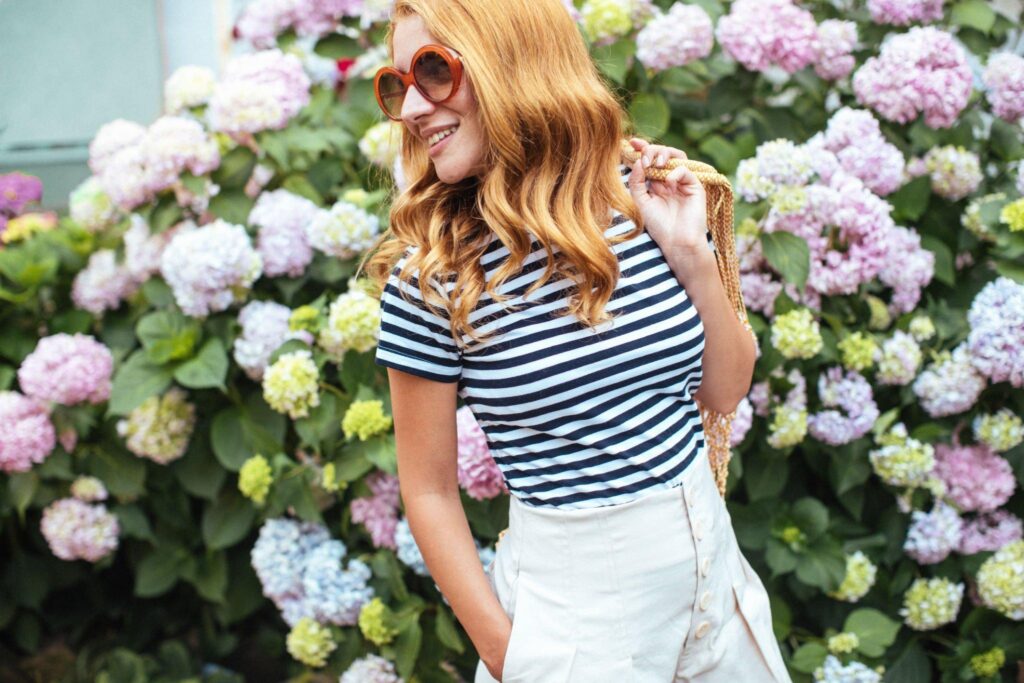

Still, it creases easily and doesn’t hang very well (it’s slightly crisp, so be aware of that), both of which add to its sophisticated look. If you can deal with that, there is no natural, breathable fabric better than linen. Elegant, indeed.
The open weave makes it easy to breathe. The cloth that lets air in and dries quickly is made from the flax plant.
It’s too bad that just looking at this beautiful fabric for a dress shirt makes it wrinkle. So, it shouldn’t be used in very formal situations.
A linen dress shirt is a great choice for less formal events. It’s perfect for a summer wedding, but not for the office.
Unfortunately, linen needs more care than other fabrics. It’s hard to clean because you have to be careful and only use lukewarm water.
-
Seersucker


Most seersucker fabric has two-color patterns, such as stripes or checks. This button-down should be easy to slide into.
If your dress shirt is too big, the way the fabric tends to bunch up could give you an unprofessional look in no time.
Seersucker dress shirts are casual and can be worn almost anywhere outside unless the temperature drops a lot.
-
Plain Weave
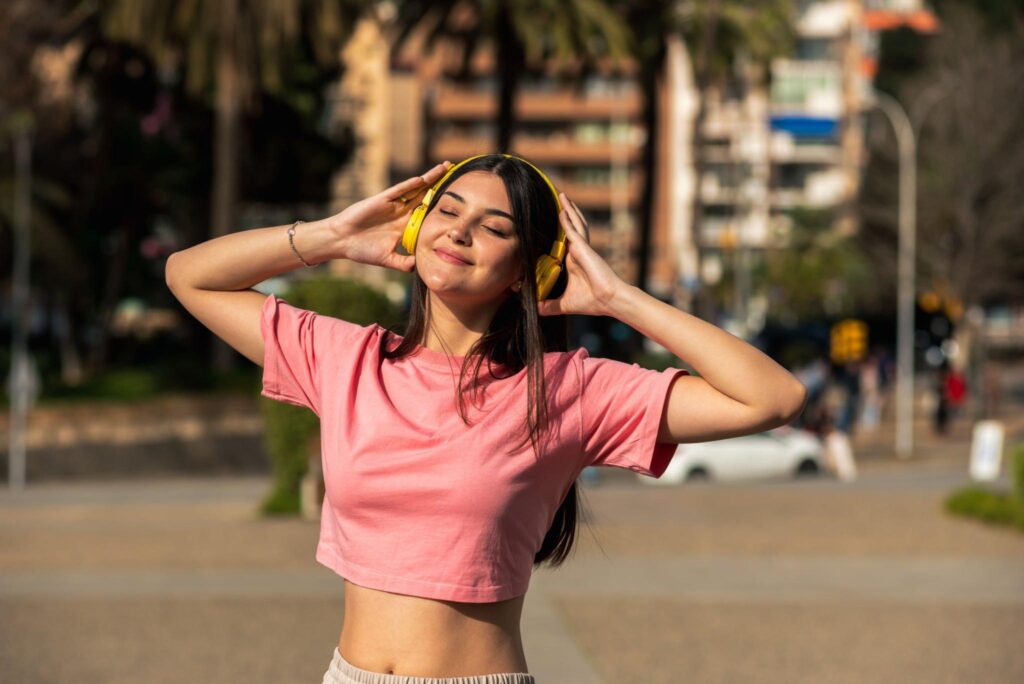

But this process is different because it uses two colors.
Most of the time, one thread is white and the other is dark. When the two are put together, they create a contrast.
They are very tightly woven, so you can only see the different shades when you look at the fabric up close.
This type of dress shirt fabric is one of the more formal ones, and it works well for formal business outfits.
-
Flannel


Cotton that has been brushed to get rid of its lint and fibers is also called “brushed cotton.” It feels soft when you touch it. The best thing about this shirting material is that it is great for winter because it keeps you warm.
With the right accessories, you might be able to dress up flannel shirts a bit, but they can never be formal.
-
Chambray


Chambray has a white thread and another color, usually blue, which is another thing that it has in common with woven fabric. As a result, it looks like denim.
Even though it is thicker than woven fabric, the material is still thin. Because it is light, it is a good choice for people who are doing hard work.
-
Dobby


Dobby fabric is the best material for t-shirts like polo shirts and pique dress shirts.
Because of how dobby shirts are woven, the fabric has a patterned texture that you can see.
So, it usually looks best with business clothes, but it can also be changed to make a great tuxedo shirt.
But with some other changes, it can be made more casual and good for polo shirts. It can be used for many things.
-
Melange
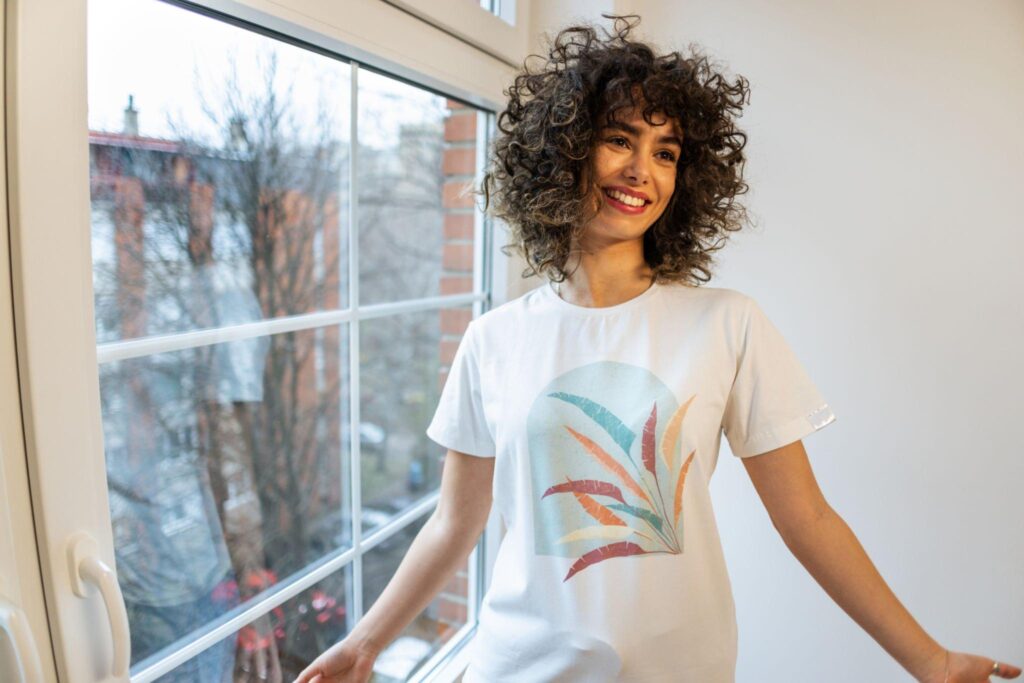

When making this fabric, any type of weave can be used, but threads of many different colors are used. The result is a look that is not uniform.
But you can use this fabric to make a unique, random style.
Melange is a classic style that can also be worn in a casual way. But with the right fit and color spread, you can dress up a melange shirt.
It doesn’t go with formal suits, but it can look great with a business casual outfit for a day at the office.
-
Wool
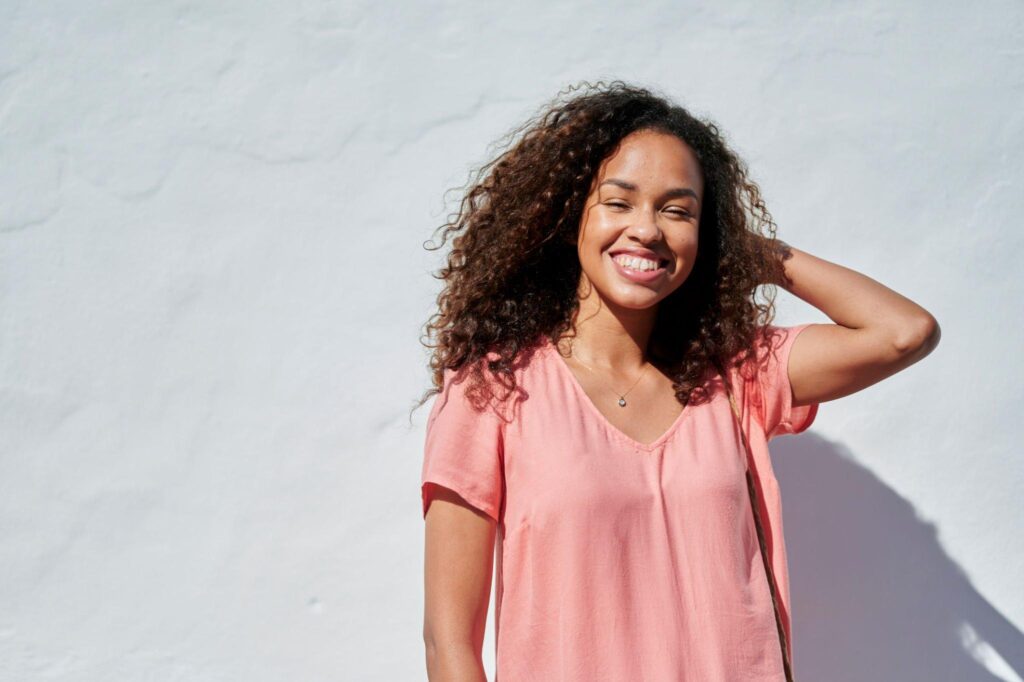

Wool is a great fiber that doesn’t need to be mixed with anything else. But sometimes, people who make clothes mix wool with other fibers.
Adding a small amount of wool makes the finished fabrics much warmer, stronger, and nicer to the touch. If you can’t find or afford 100 percent wool fabric, you might decide that a shirt made of 20 percent wool and 80 percent synthetic fabric is a good compromise.
-
Rayon


Rayon is one of the best fabrics for shirts because it absorbs water, feels soft, and falls in a beautiful way.
If you want to sew a shirt with a screen printing or sublimation printing, rayon is a great choice for the fabric. Rayon can be used to weave and knit surfaces that are very smooth. Because of this, most types of t-shirt prints on rayon tend to look clear, bright, and sharp.
Shirts made of rayon blends can also look good. If you want to sew a rayon shirt, you might want to look at polyester/rayon blends and rayon/spandex blends. You can also find clothes that are a mix of cotton, polyester, rayon, and spandex.
-
Polyester
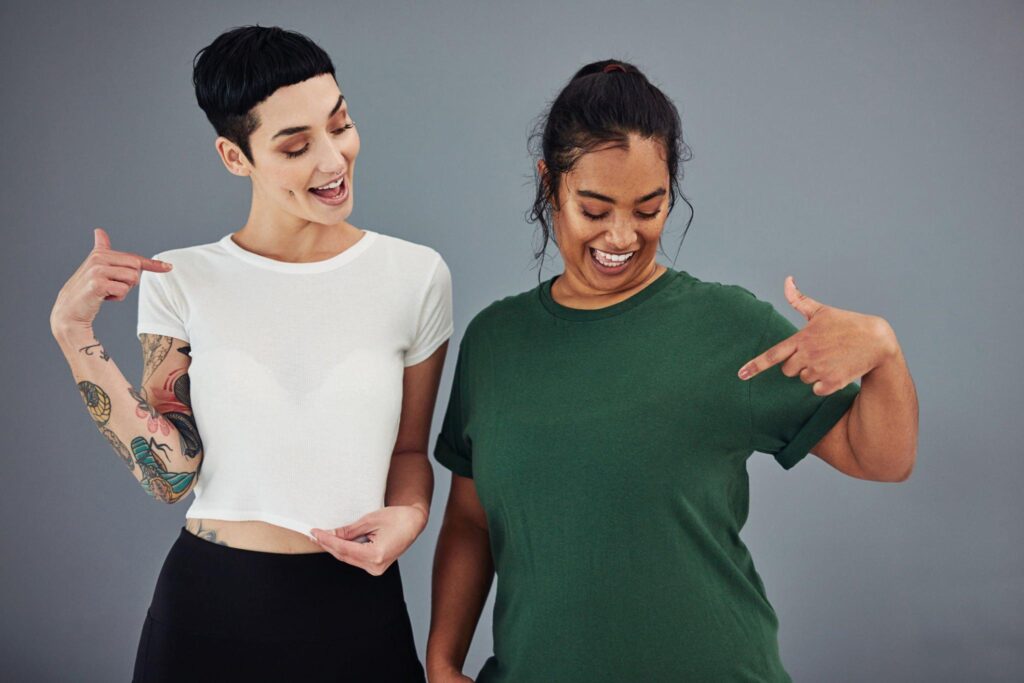

Polyester can also be used to make some of the best-blended fabrics for other types of t shirt fabric because it is inexpensive and doesn’t wrinkle easily. Designers often mix polyester with a soft, absorbent fiber like cotton to make polo shirts, dress shirts, and t-shirts that are comfortable to wear, less expensive, and less likely to get wrinkles than solid cotton shirts.
-
Tri-Blend


Here is a list of the materials that are usually in a tri-blend fabric:
-
Cotton
Makes the fabric soft and able to breathe, which makes it comfortable to wear.
-
Polyester
Makes the fabric last longer, resists wrinkles, and moves away moisture.
-
Rayon
Gives the fabric a silky, flowing feel and helps it keep its shape.
When these materials are put together, they make the best fabric for t shirt that is light, soft, and stretchy, with a slightly mottled or heathered look. Tri-blend shirts are also known for not pilling or shrinking, which makes them great for long-term wear. Tri-blend fabrics, on the other hand, may be more likely to get snagged than other fabrics, so care should be taken when washing and wearing them.
-
Bamboo


-
Cotton-Linen Madras Fabric


-
Dobby Weave Fabrics


Final Words
Overall, the finest materials for shirts come down to individual preference and how the item will be worn.
Cotton is a common material because it is comfortable to wear, breathable, and long-lasting. It has a tendency to absorb perspiration and retain moisture; therefore, it may not be the best choice for sporting activities.
Polyester, on the other hand, is a man-made fiber that doesn’t sag or wrinkle and doesn’t shrink or swell. It dries quickly and effectively, making it a fantastic choice for sportswear and printing t-shirt design placement guide.
The advantages of cotton and polyester blends, such as their softness, breathability, and moisture-wicking qualities, are amplified when the two materials are combined.
Sustainable materials like bamboo and hemp also have their own set of advantages; for example, they are naturally anti-bacterial and hypoallergenic.
T-shirt fabrics should be selected with the wearer’s intended purpose in mind.
For instance, t-shirts made from a polyester blend might be more practical to wear when working out. But, a cotton or cotton mix shirt may be more appropriate if you’re seeking a casual shirt to wear every day.
Material recommendations for best t-shirt material ultimately come down to personal taste and intended use. Cotton or a cotton blend, which is both comfortable and breathable, is a good choice for everyday use, while a polyester blend is more suited for exercise. Eco-conscious consumers may want to look into bamboo or hemp.

